Population in USA
CHANGE AFTER 2023 IN %
Personality and Temperament
With its lean, elegant profile, the Abyssinian cat bears a close resemblance to ancient Egyptian cat statues. Unique ticked coats in a variety of exotic shades combine with large, expressive eyes, lending a sense of mystery to the breed's appearance.
Usually outgoing and active, with a fondness for being the center of attention, the Abyssinian cat develops a close bond with its family. Even so, this breed has a shy side to its personality. Abyssinian cats are often quick to disappear when strangers arrive.
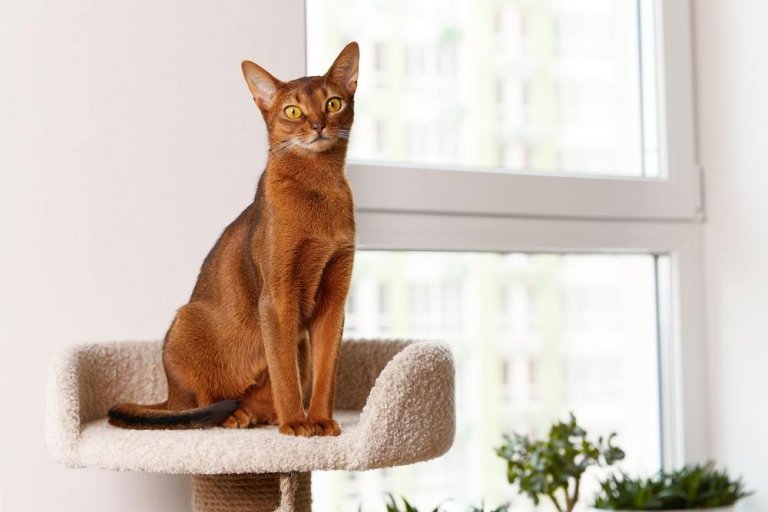
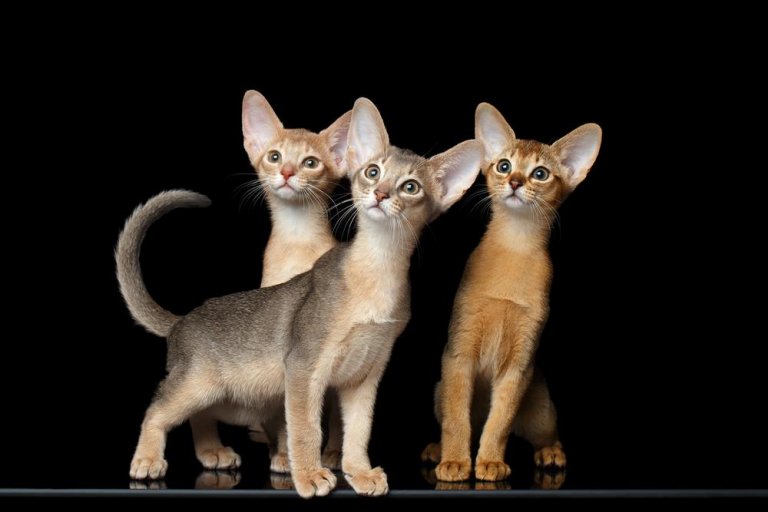
Care
Nutrition
Grooming
Exercise
Health
As with all cats, Abyssinians benefit from eating a high-quality food that provides ample protein, amino acids, vitamins, and minerals. While all cats benefit from diets with a high moisture content, Abyssinian cats need more water than average. Feeding a high-quality wet food can help cats take in extra moisture.
The Abyssinian cat has extremely short hair, so you won't have to spend a lot of time grooming your pet. Use a soft brush or grooming glove just once or twice per week to remove loose hair and keep your Aby looking and feeling their best.
Most Abyssinian cats are not fond of being held or restrained, so teach them to accept nail trimming from an early age using gentle, positive methods. Ask your veterinarian for some tips, or have your vet or groomer trim your cat's nails for you.
Abyssinian cats are extremely active by nature and luckily, they’re not prone to obesity. Give them a big cat tower to climb—preferably one that goes all the way to the ceiling—and keep the interactive cat toys coming. An Aby cat will always entertain you with their agile moves while keeping themselves fit. If you've always wanted to play fetch with a cat, it's likely that an Aby will help fulfill that desire.
Abyssinian cats tend to enjoy good physical health, but they are prone to stress and anxiety, particularly in unfamiliar situations.
In addition, Abyssinian some cats suffer from a few known health issues, including a hereditary form of anemia called pyruvate kinase deficiency (PK deficiency), a degenerative eye disease called progressive retinal atrophy (PRA), patellar luxation, and a hereditary kidney disease called renal amyloidosis.
Many Abyssinians have very long life spans. It's not uncommon for Abyssinians to live 14 to 17 years or more, with some Abys living into their 20s.
History
Abyssinians are one of the oldest cat breeds in existence. The most recent genetic research suggests the breed originated in Southeast Asia, somewhere on the coast of the Indian Ocean. This breed retains many hallmarks of the appearance of felis lybica, a wildcat that contributed its DNA to all domestic cats in existence today.
The modern Abyssinian cat is somewhat different than the original Abyssinian cat. Many of today's Abyssinian lines were created with Russian Blues, Burmese, and Siamese cats as foundation stock.
Abyssinian cats were first recognized by England's Governing Council of the Cat Fancy in 1929. America's first Abyssinian cat litter was born in 1935. The breed is recognized by the Cat Fanciers' Association and The International Cat Association.
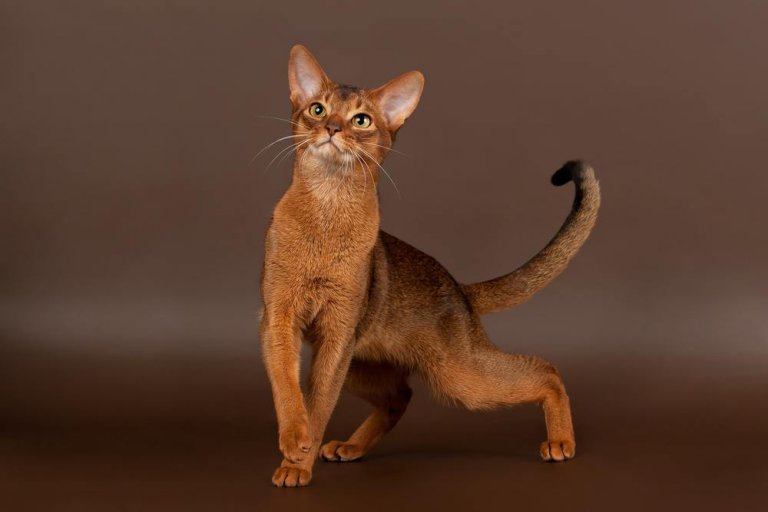
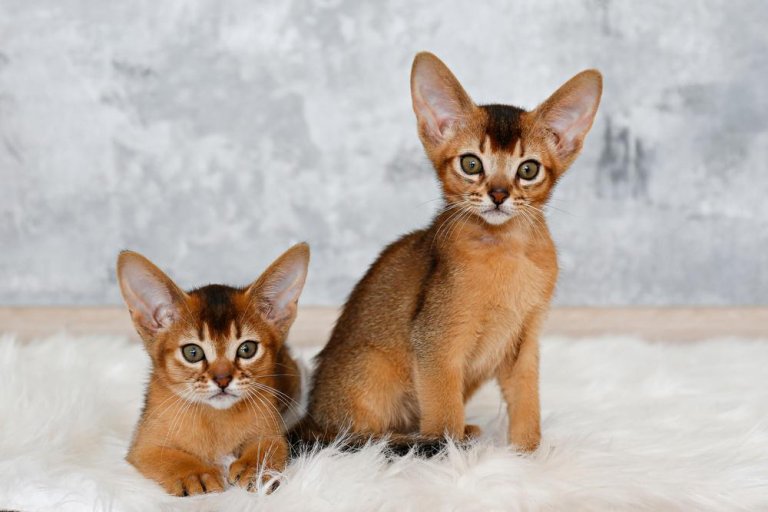
The Breed Standard
Eyes
Legs & Paws
Tail
The Breed Standard
Body
Head
Ears
Coat
Color
Breed Colors & Markings
Colors
FAQ
How much does a Abyssinian cat cost?
Abyssinian cats cost between $1,000-$2,000.
How big do Abyssinian cats get?
Abyssinian cats tend to be medium in size. A fully grown Abyssinian cat might weigh between 6-12 pounds or more and range in height anywhere from about 8''-10'' inches tall.
How long do Abyssinian cats live?
The Average lifespan for Abyssinian is 14-17+ years.
Do Abyssinian cats shed?
Abyssinian are short-haired cats. Therefore, they do not shed as much as long-haired cat breeds.
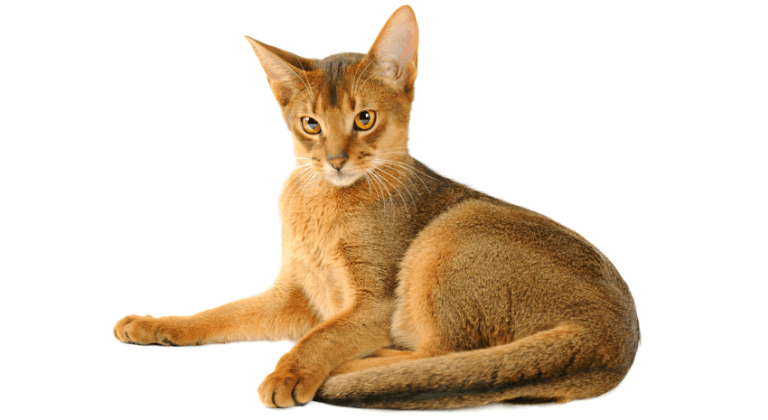
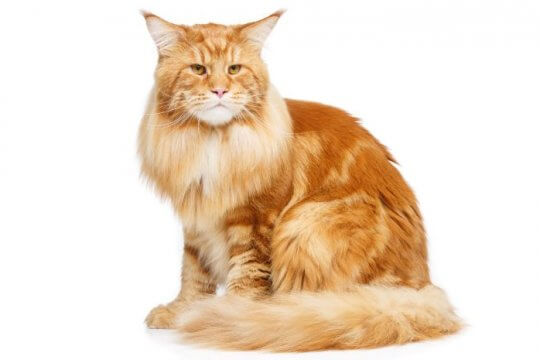
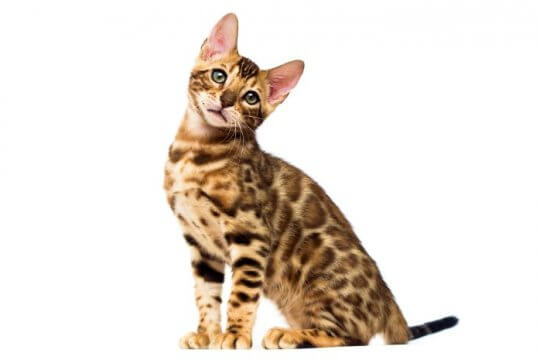
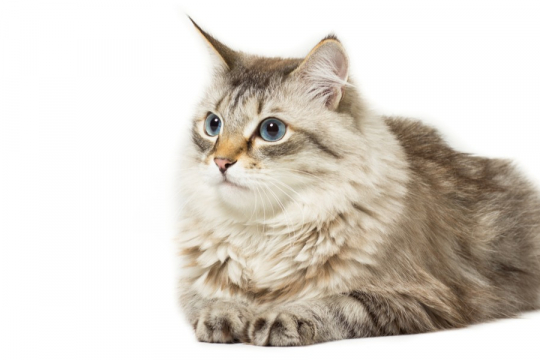
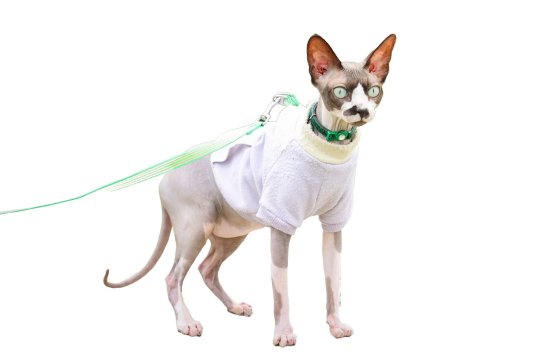
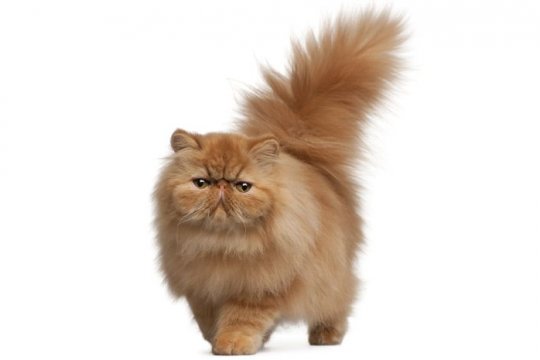
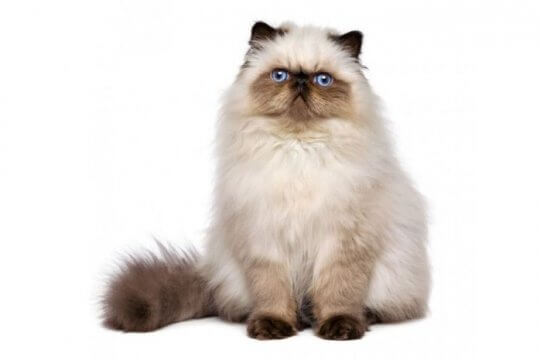
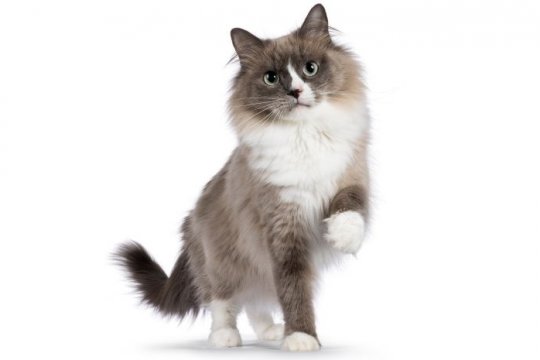
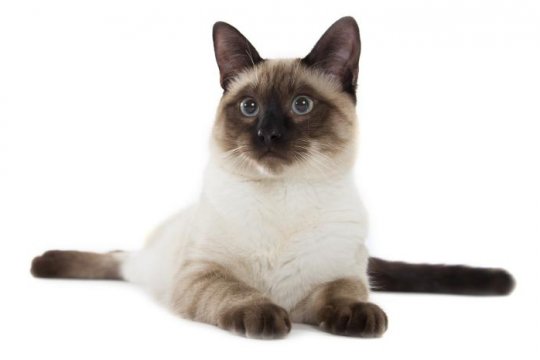
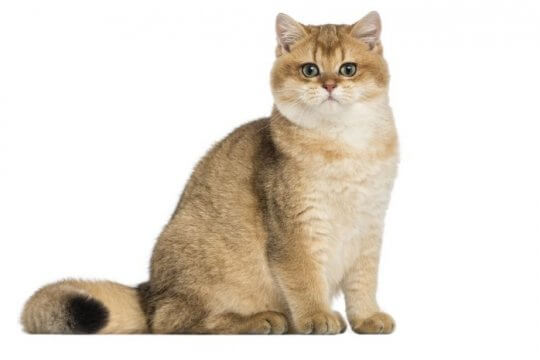

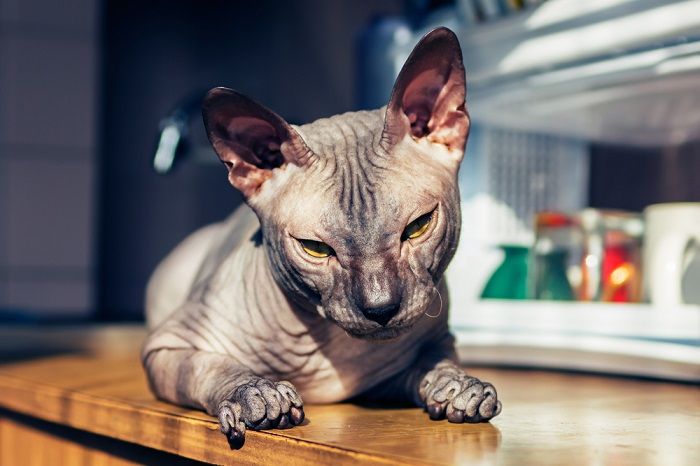
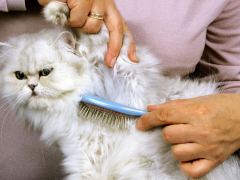
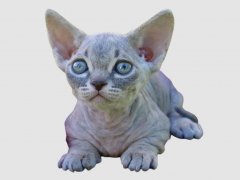
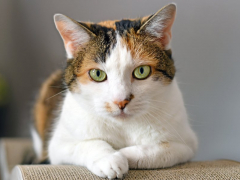


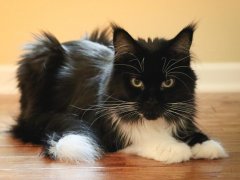
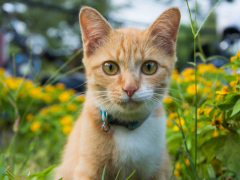
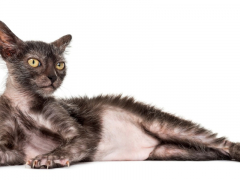
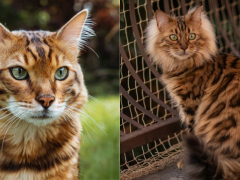

I am interested in this breed as I am starting a forest bathing program which will incorporate pets on my woodland hikes. I believe an Aby would be a great part of my team. What do you think?
Thank you
I think an Abyssinian could be a great addition to your crew!
Thank you. I appreciate all your input to my new endeavor. Forest guide with cat dog , goat tortoise.
ABSOLUTELY THE BEST BREED WHO I HAVE EVER MOTHERED IN OVER 78 YEARS.
I have an abyssinian grey tabby. I’m sure she’s not a purebred, but you never know. I adopted her from the pound. The first thing that caught my attention was her eyes and her light peach color on her underside and legs. This cat is very human oriented, she’s long, on the lean side, and developed unusual pin striping on her back as she got older. Her coat is silky and has that whitish under her chin and up by her nose. She really is a beautiful cat. She was extremely athletic in her younger years, and she waits for me on the corner of my yard like a watch dog for me to come home in the summer. She loves to burrow in the blankets in the afternoon. She doesn’t shed much,, and since I got her, she now has two other cat buddies. She hangs and follows me all the time. I would say this is a great cat for 1 person as a companion if you just want one.
We’ve had Abyssinians for years – both pure and half breed. Delightful personality, beautiful and a joy for the whole family. OUR latest, I saw now eight months old and my only problem is that we are unable to let her run free outside. We will need to build her a good sized outside Catio. She’s such a bright, inquisitive little personality.
Simply the best – but make sure they are well socialised with humans at a young age.
Absolutely THE best breed. Incredibly INTIELLIGENT, wonderfully LOVING! SILKY hair, very ATHLETIC. DEVOTED and LOYAL companions. Make sure that you have enough time in your day to devote ALL OF YOUR ATTENTION to them and they will THRIVE. SENSITIVE and AWARE of your moods, health, and needs. My two brothers have had different lifespans: Cinnamon died ataround 9 years of age, but Curry is now 18, almost 19 and he still thinks that he is a KITTEN!
this car is I mean cat a ca not car hah typo 🙂